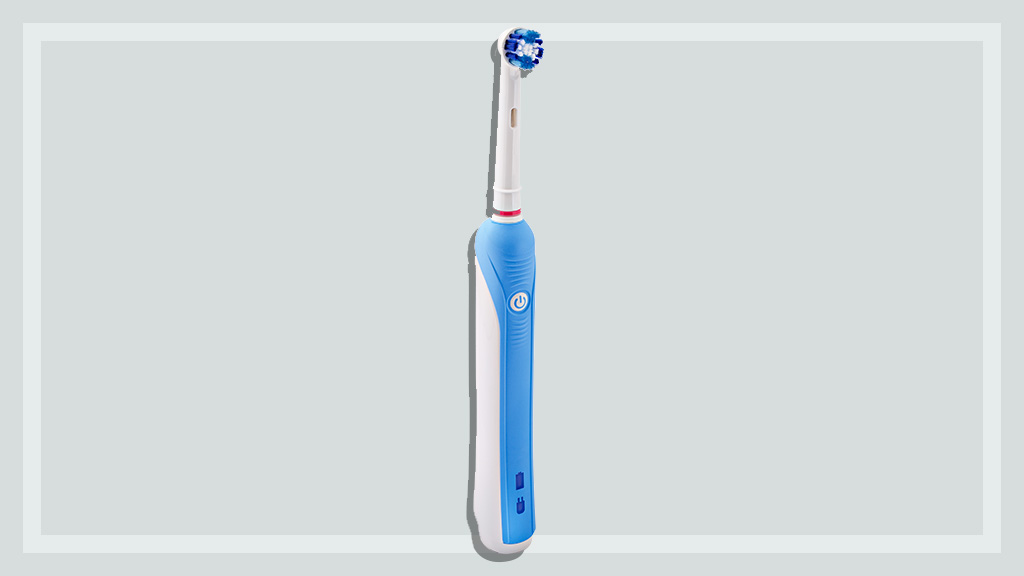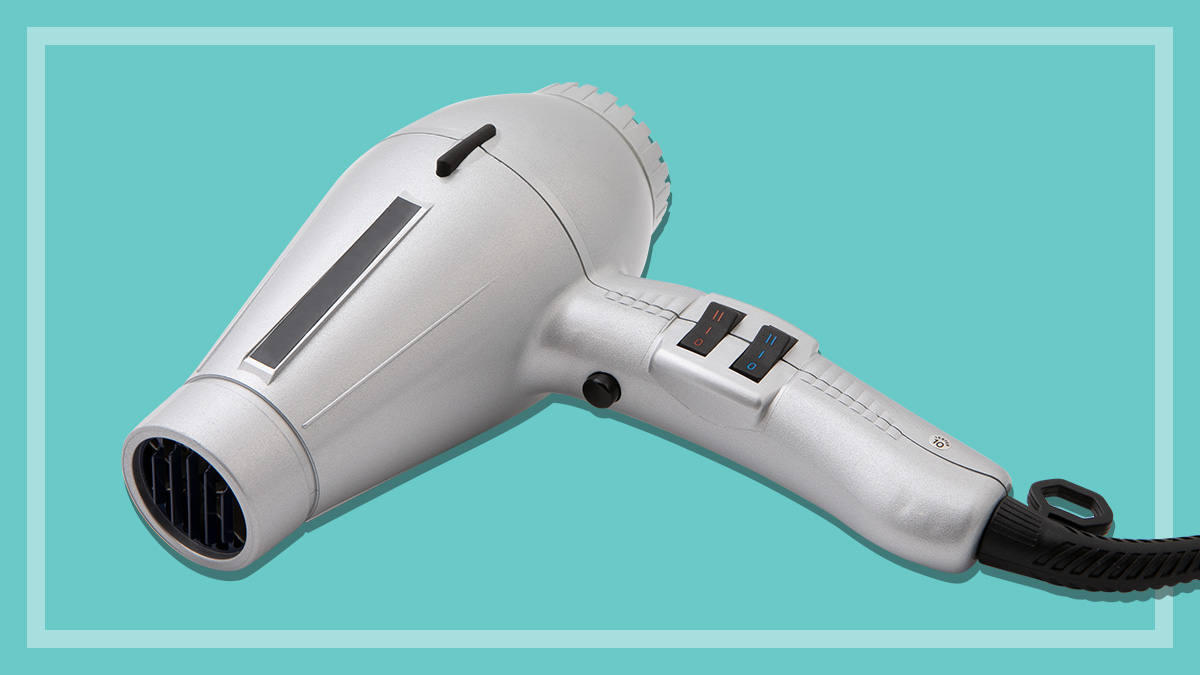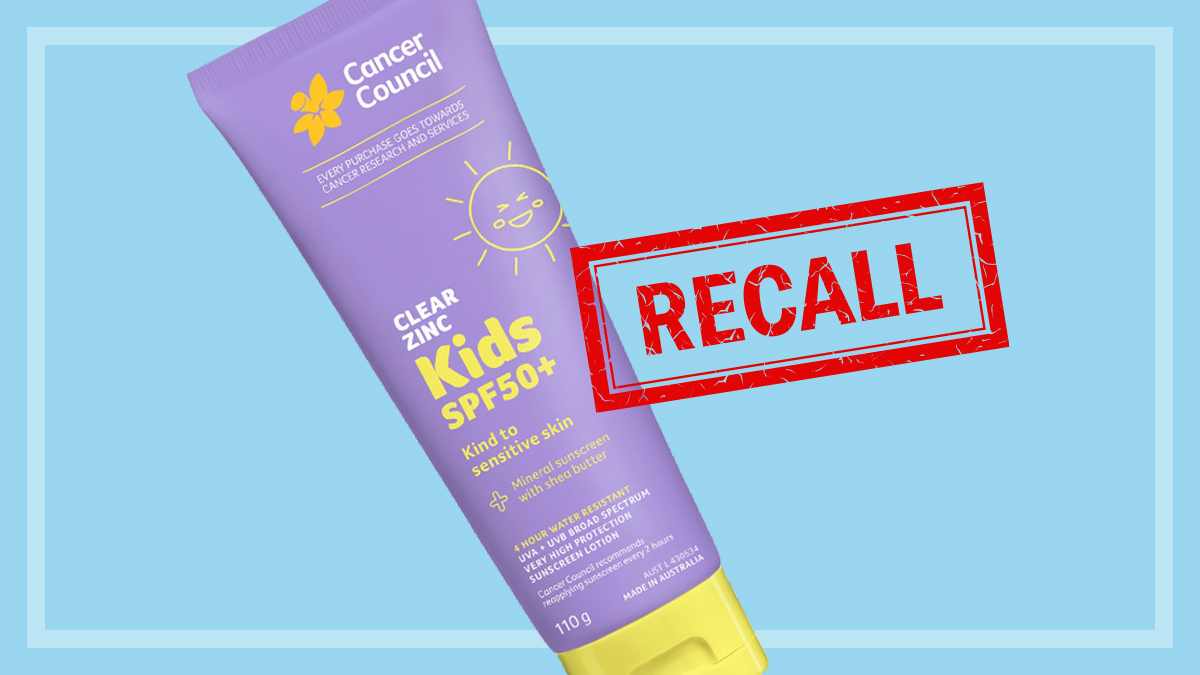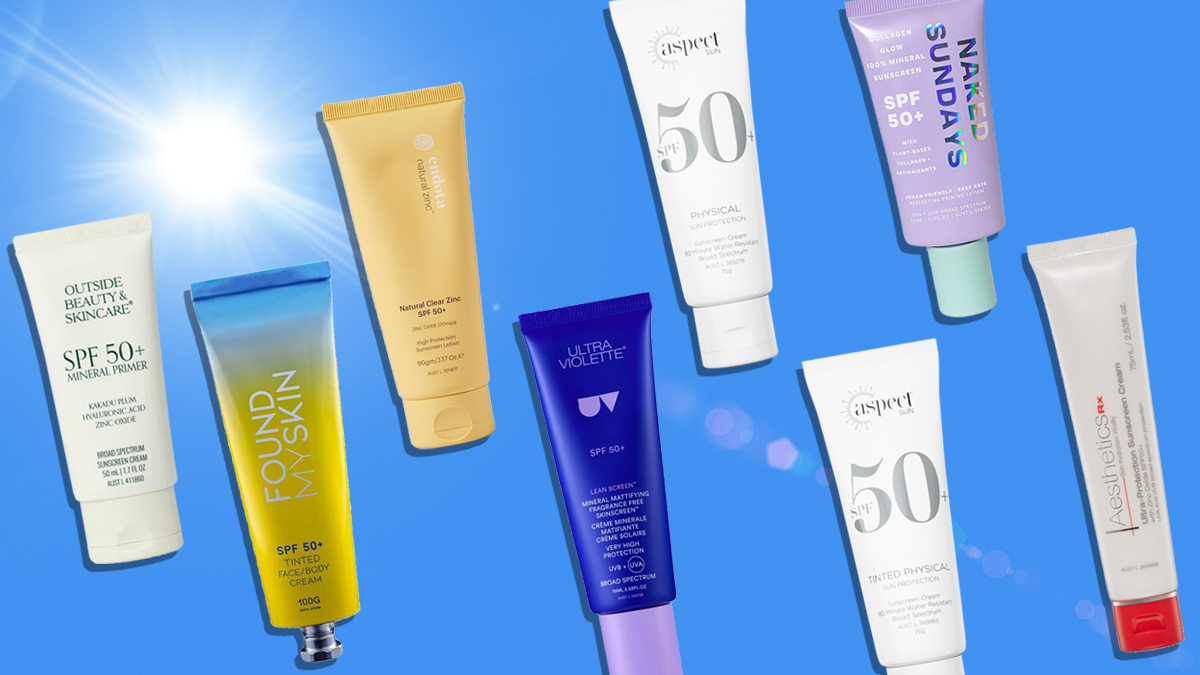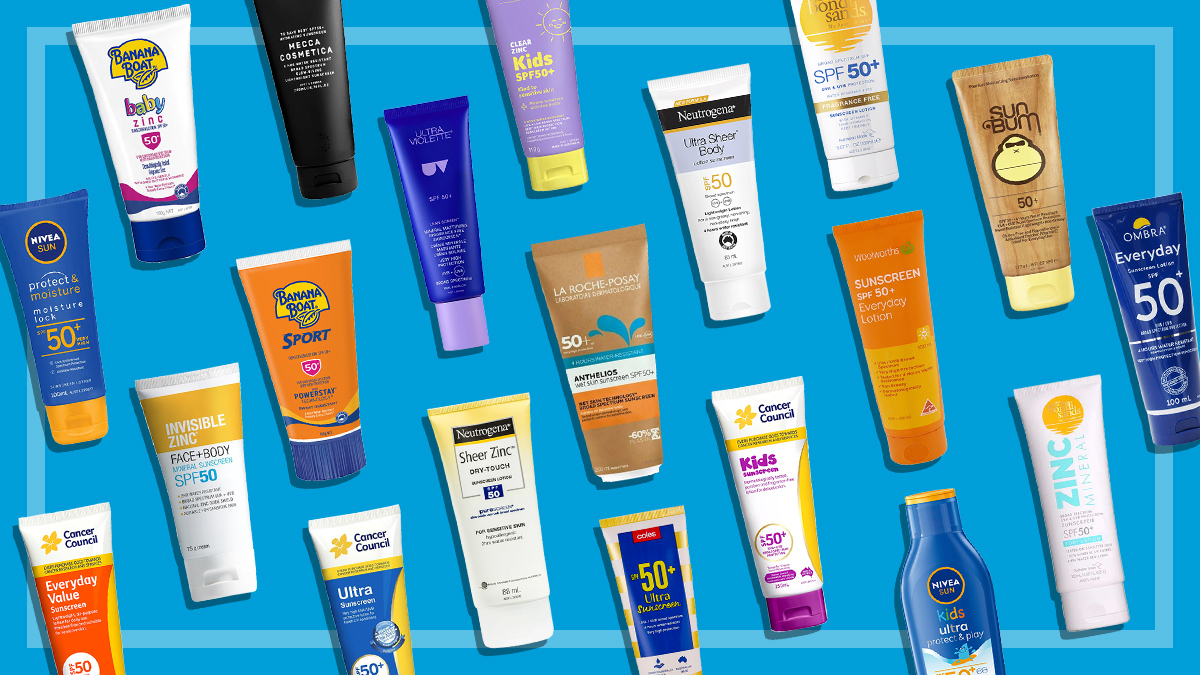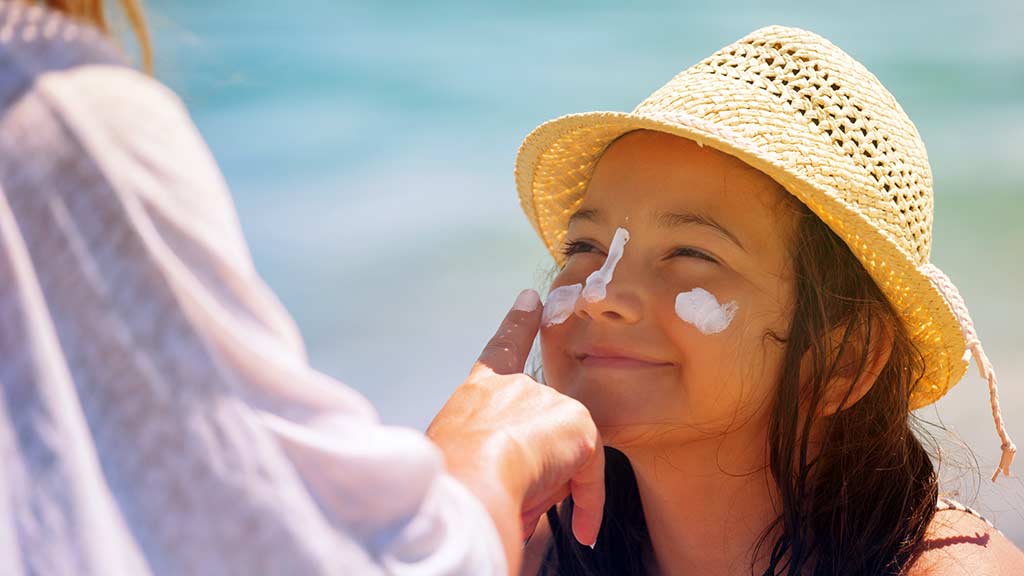Get our independent lab tests, expert reviews and honest advice.
Homemade moisturiser, toothpaste, deodorant and more: Is it worth it?
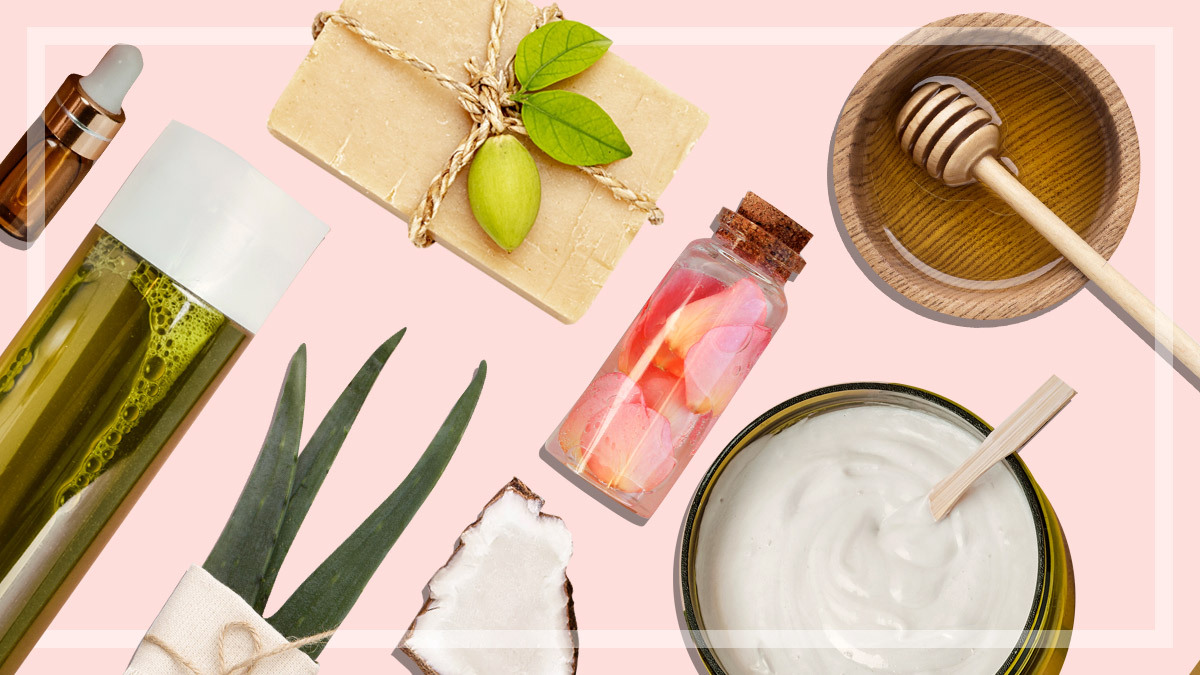
Many people these days are choosing to make their own personal care products and toiletries. Motivations range from worrying about or being sensitive to ingredients in commercial products, to trying to save money, to reducing packaging waste – or simply because people find it creative, satisfying and fun!
On this page:
- Will you save money?
- DIY soap
- DIY deodorant
- DIY shampoo
- DIY moisturiser
- DIY toothpaste
- Is 'natural' really better?
- Microbial contamination
As always, the internet readily obliges, with a plethora of recipes for any type of personal care item you can think of. Wellness bloggers, natural living advocates, frugality fans and anti-waste warriors promise cosmetic products that are better for you, better for the environment, and better for your wallet.
But are they as good as commercial products – and will they really save you money? To find out, we look at some recipes for homemade soap, deodorant, shampoo, moisturiser and toothpaste.
Will you save money?
Despite claims that making your own cosmetics saves money, whether or not it’s financially worthwhile depends on:
- how much you make – if you make in bulk, you can buy in bulk, and potentially save money. But the finished products and raw ingredients have a limited shelf life, which is something to keep in mind when deciding how much to buy
- whether you have to pay for shipping of raw ingredients and, if so, how much
- the cost of what you’d normally buy – premium, natural or regular supermarket products
- any special equipment you need
- the time it takes and the value you put on your time – although if you find it fun, that might not matter!
Taking deodorant as an example, buying four to five bottles a year at about $5 a bottle will cost you $20 to $25.
Assuming you want something a little fancier than straight bicarb soda, we found a $29 DIY deodorant kit – which would give you about a two-year supply. The kit contains organic shea butter, organic bentonite clay, organic bicarb soda and two jars. You’ll also need coconut oil, arrowroot and essential oils, which aren’t included so the total costs are probably similar.
But if you prefer to buy natural products, which are usually more expensive, you could end up well ahead by making your own. Whether you consider the savings significant enough is your call.
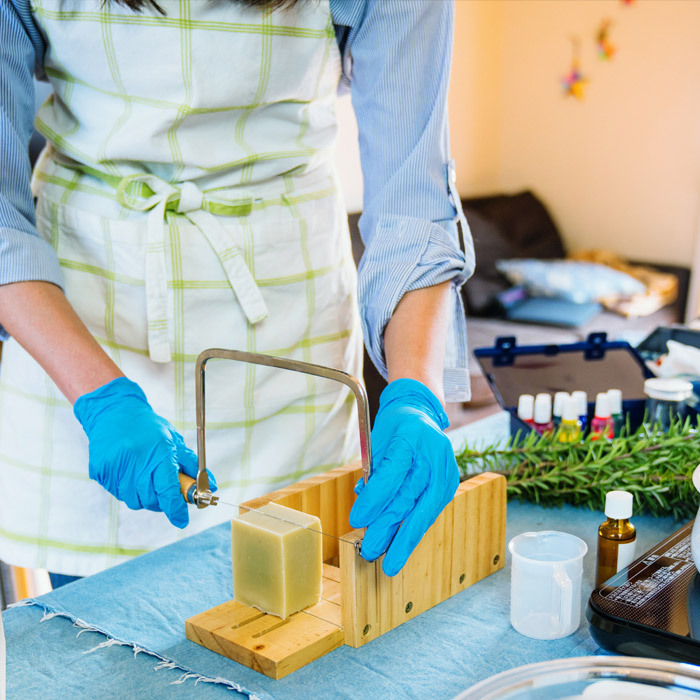
DIY soap
Soap is made from a mixture of fat and a caustic alkali. Used for thousands of years, many ancient civilisations made soap from animal fat or vegetable oil. Ash was the main source of alkali – leaching ash produced lye. The same basic principles and ingredients of the ancient soap-making process are used today, both in commercial and homemade soaps.
Recipes for homemade soap typically call for vegetable fats such as olive or coconut oil, or a mixture including other oils such as almond, canola, castor, sunflower or safflower. Olive oil is less drying than other oils, while coconut oil gives a good lather – a mixture gives the best of both worlds. And you also need lye, or sodium hydroxide.
Optional extras are moisturisers (such as shea butter), milk powder, oatmeal, fragrances (such as essential oils), dried herbs or flowers, clay, ground coffee and colouring.
Does it work?
All soap, commercial or homemade, works by lifting dirt and grime off your skin so they can be washed away, along with many germs.
Is homemade soap safe?
Yes, if you take the right precautions. The main danger with homemade soap is working with lye. It’s highly caustic and can cause chemical burns (during the process of making the soap, that is – it’s not a risk in the finished product). For safety:
- wear gloves and eye protection when handling lye
- work outside or in a well-ventilated area
- always add the lye powder or crystals to water, rather than vice versa – adding water to lye can cause an explosion
- don’t use copper or aluminium equipment.
An alternative is to use ‘melt and pour’ kits, which let you add colours, essential oils and other goodies to soap (oatmeal, dried flowers etc.) without having to deal with lye.
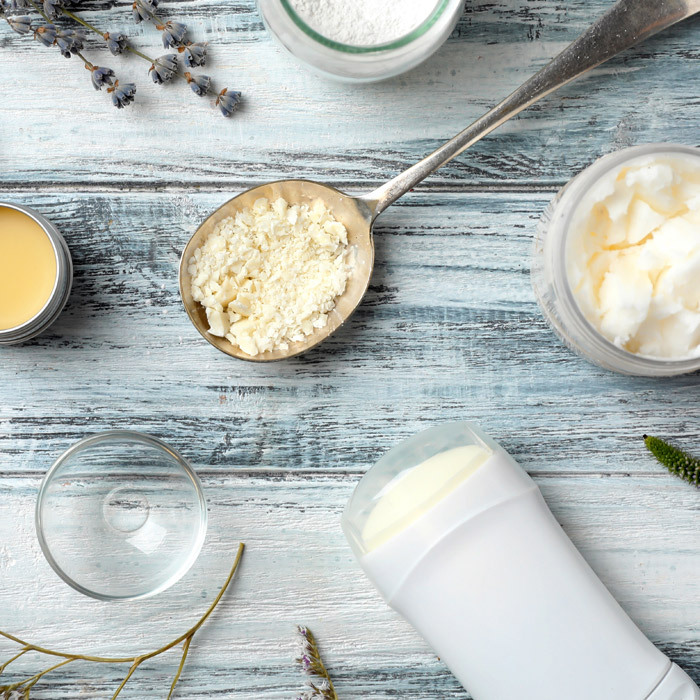
DIY deodorant
Homemade deodorant is simple to make, and you may already have the ingredients you need for a basic version: bicarb soda, cornflour, coconut oil, and essential oil for fragrance. As well as these ingredients, many recipes also call for shea butter, some kind of wax (such as beeswax), and arrowroot instead of cornflour.
Bicarb soda is well-known for its odour-neutralising properties – it’s recommended for absorbing odours in the fridge, for example. In powder form, it also helps absorb sweat. In fact, depending on your skin, your homemade deodorant could be as simple as bicarb soda that you use to dust your armpits.
Does it work?
It does reduce body odour, but it might take some time for your skin bacteria to readjust after use of a conventional antiperspirant. But the main disadvantage of homemade deodorants is that they don’t prevent sweating.
Conventional antiperspirants reduce sweating thanks to aluminium salts, an ingredient some natural health advocates avoid due to (mostly debunked) concerns about health effects. So depending on the weather and your level of activity, as well as your natural sweat levels, you may find yourself odour free – but wet.
Is it safe?
Probably because of its alkalinity, bicarb soda can be irritating, causing redness, itching and scaly skin. Some of the other ingredients will make a more soothing product, and if you have sensitive skin, there are recipes that don’t include it.
To reduce spoilage, it’s good practice always to use a clean stick or spoon to remove the paste from the jar, and not to keep it too long.
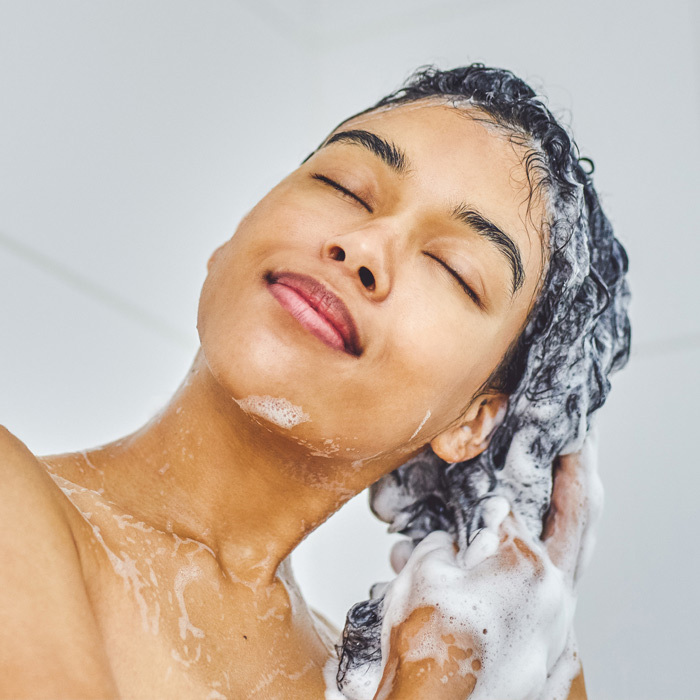
DIY shampoo
Shampoo helps lift dirt and sebum from the hair and scalp, and smooths down the cuticle of the hair to help make the hair shiny and tangle-free. There are two main types of homemade shampoo:
- Liquids: These are typically based on a liquid soap, such as castile soap, but coconut milk is another popular ingredient. Adding oils (such as jojoba or vegetable) is recommended for dry hair, and you can also add essential oils for fragrance and other claimed benefits.
- Solid bars: These look like soap, and if you’re using fats and lye, it’s likely just to be soap. You can buy or make shampoo bars from surfactants such as sodium lauryl sulphate (SLS) or similar detergents, which are more like a true shampoo in cleaning ability and pH. These ingredients are available from specialty cosmetic supply stores.
Does it work?
A 2014 study found that shampoos with a low pH – that is, slightly acidic – were probably better for your hair. Alkaline shampoo can increase the friction between hair fibres, which may lead to cuticle damage and breakage. Homemade shampoo recipes tend to be soap-based and could have a pH as high as nine or more in the alkaline range. This means that, over time, your hair may look dull and frizzy, and could tangle easily and break. For very short hair this may not be a concern.
Is it safe?
In the case of liquid shampoos, there’s the possibility of microbial contamination. To be on the safe side, consider freezing the shampoo in ice cube trays and defrosting a cube as you need it.
DIY moisturiser
Moisturisers add water to the outer layer of the skin, the stratum corneum, and keep it there. Dry skin isn’t due to a lack of oil, but rather a lack of water. Most commercial products contain three key ingredients: water for moisture; oil or fat to help trap the water in the stratum corneum; and a humectant to act as a sponge, drawing and holding water from the air or from deeper layers of the skin.
Ingredients typically used in recipes for homemade moisturiser include fats and oils such as coconut oil, shea or cocoa butter, jojoba oil, macadamia oil or other nut oils; water, or some variant such as rose water or distilled water; and an emulsifier, such as beeswax, to keep the oil and water from separating.
Other ingredients could include vitamin E oil, an antioxidant which can help stop fats going rancid (but doesn’t prevent microbial growth), and essential oils.
Do they work?
As with commercial products, you might need some trial and error to find a recipe that works for your skin – neither too greasy nor too sticky.
Some essential oils can sensitise your skin and make it more susceptible to sunburn
Water-free moisturisers don’t actually add moisture – that is, water – to your skin. Instead, they lock existing water in. And if this is all you need, you could apply a botanical oil after a shower or bath when your skin is damp.
Is it safe?
Due to the water in moisturisers, microbial spoilage is the main risk with homemade versions. Some natural moisturiser makers don’t include water in their recipes, pointing out that without water you won’t need preservatives. But you’ll still need to take care with handling and storage, especially if you have broken skin.
You should also be careful in the sun – some essential oils can sensitise your skin and make it more susceptible to sunburn.
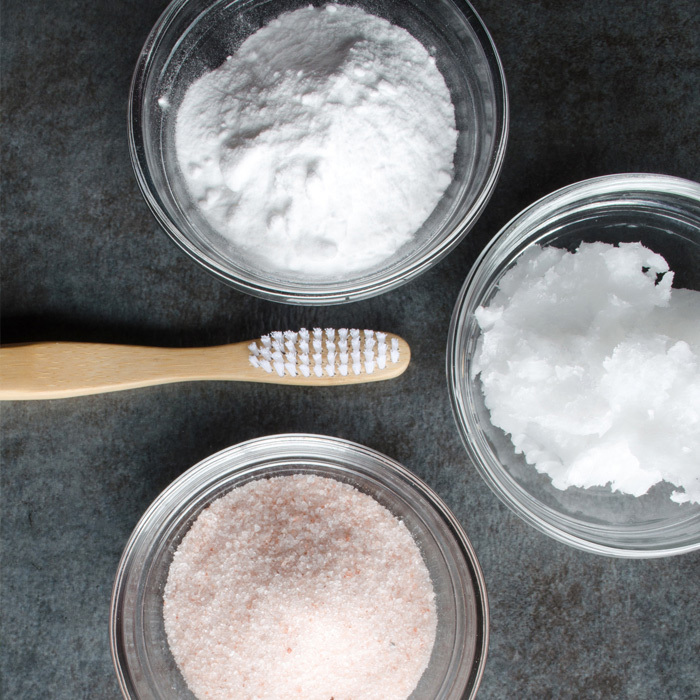
DIY toothpaste
The most important ingredient in toothpaste is fluoride, which strengthens teeth and prevents decay. But some people prefer to avoid it and use ‘natural’ or homemade toothpaste without fluoride. Others are concerned about toothpaste packaging, which is hard to recycle.
Typical ingredients in homemade toothpaste include coconut oil, bicarb soda and charcoal. Other popular ingredients are bentonite clay, stevia for sweetness, tea tree oil for its antibacterial effect, and essential oil for flavour and claimed dental benefits.
Some people don’t brush at all and clean their teeth with coconut oil alone, practising the Ayurvedic technique of ‘oil pulling’, whereby the oil is swished around the mouth for up to 20 minutes a day.
Does it work?
Because bicarb soda and charcoal are abrasive, they can help remove stains from the surface of the teeth and make them look whiter.
Bicarb soda is often included in commercial fluoride toothpastes, but is not considered effective on its own.
Bentonite clay and charcoal may contain cancer-causing polyaromatic hydrocarbons
A review of studies of charcoal found a lack of evidence that it’s safe and effective, so more research is needed.
As for coconut oil pulling, its safety and effectiveness haven’t been proven. At best, it might play a role in supplementing toothbrushing, rather than replacing it.
Tea tree oil may help prevent gingivitis (gum disease) but it doesn’t help against plaque. There’s currently no good evidence that essential oils offer any benefit.
Is it safe?
There are several concerns about the safety of homemade toothpaste:
- Overusing abrasives such as bicarb soda and charcoal can wear away your enamel, weakening your teeth against decay, making them more sensitive, and making them look less white.
- Bentonite clay and charcoal may contain cancer-causing polyaromatic hydrocarbons.
- Essential oils can be dangerous if swallowed.
- Homemade toothpastes don’t contain fluoride.
If your homemade toothpaste is ineffective, you could increase your chance of dental problems.
Is ‘natural’ really better?
Natural beauty and personal care products have become more and more popular in recent years. Annual sales in Australia are estimated as worth more than $300 million, and they’re growing fast.
People can develop food allergies after being sensitised to ingredients found in cosmetics, and some ingredients have been linked to hormone disruption
But despite the popular perception that natural ingredients are safer and better than ‘chemicals’, that’s not always true. Many natural ingredients can cause skin reactions and allergies, or sensitise the skin to sun damage. People can develop food allergies after being sensitised to ingredients found in cosmetics, and some ingredients have been linked to hormone disruption.
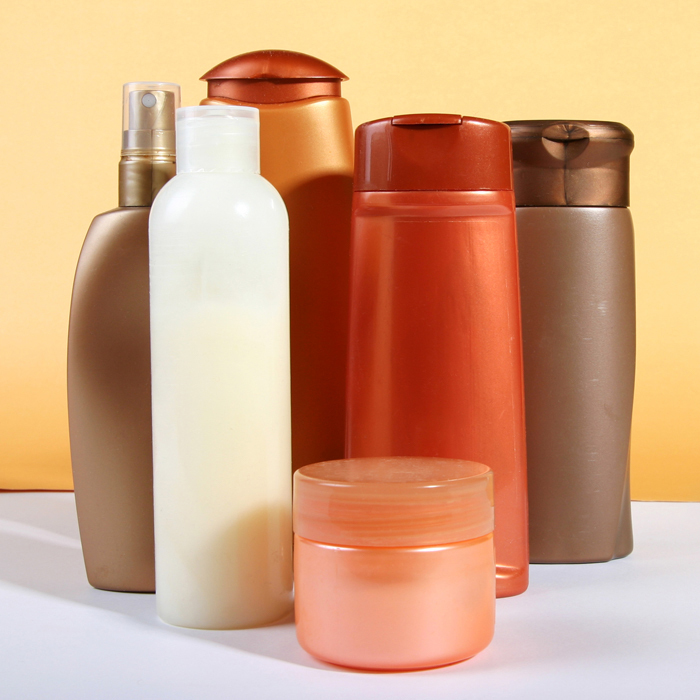
Microbial contamination
One of the main concerns about some homemade cosmetics is the risk of microbial contamination. Products containing water, such as moisturiser or shampoo, are breeding grounds for bacteria, yeasts and fungi, especially when kept in a warm, humid environment such as the bathroom.
One easy solution is to stick with oil-only products, such as body butters, lip balms and moisturising lotion bars.
But if you’re making a product with water in it, you can use preservatives or keep your product in the fridge. There are preservatives considered suitable for ‘natural’ or ‘organic’ cosmetics that you can buy from specialty cosmetics suppliers. To find out more about natural preservatives, educator Formula Botanica has a 16-point checklist (aimed more at manufacturers than DIYers, but it has some useful information).
Products containing water, such as moisturiser or shampoo, are breeding grounds for bacteria
The type of packaging you use can affect the risk of contamination. A study comparing unpreserved shampoo and moisturiser found that a screw-top container resulted in the highest levels of contamination. A flip-top or pump were better options.
For an open jar, consider using a spatula or dropper instead of your fingers to reduce the chance of contamination.

